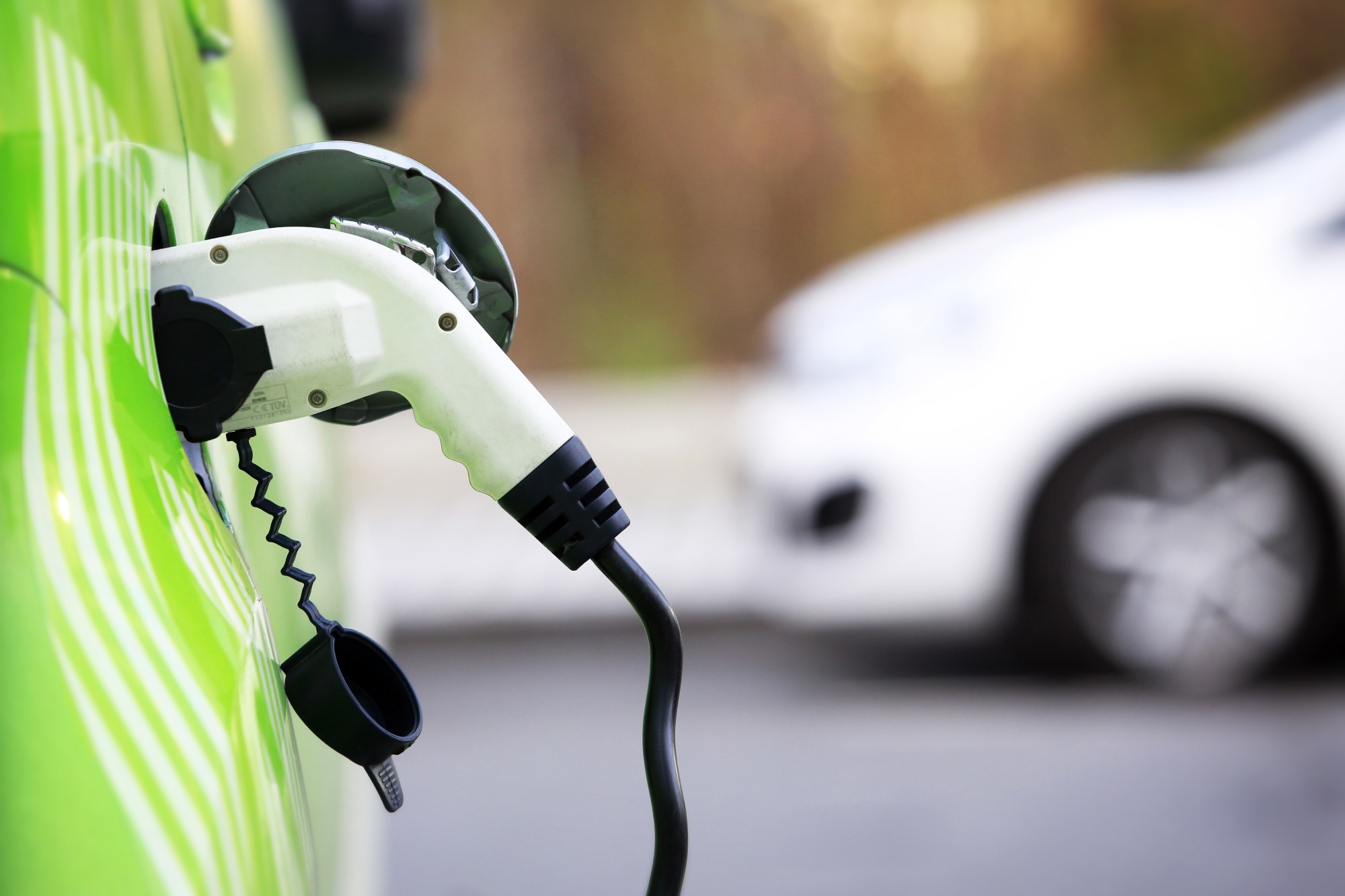In an article published in the journal Scientific Reports, researchers from Algeria, France, and Romania proposed an innovative energy management strategy (EMS) for electric vehicles (EVs). They aimed to improve the performance, reliability, and durability of EVs using a hybrid power system (HPS) composed of a battery, a supercapacitor (SC), and a synchronous reluctance motor (SynRM). Their strategy is efficient for stabilizing the direct current (DC) bus voltage and reducing the current harmonics and ripples.
 Study: Optimizing Electric Vehicle Power: A Novel Energy Management Strategy. Image credit: Tomas K/Shutterstock
Study: Optimizing Electric Vehicle Power: A Novel Energy Management Strategy. Image credit: Tomas K/Shutterstock
Background
EVs are considered a promising solution to reduce greenhouse gas emissions and fossil fuel consumption in the transportation sector. However, EVs face several challenges, such as limited driving range, high cost, and low reliability of the power system. One way to overcome these challenges is to use a HPS that combines different energy storage systems (ESSs) with complementary characteristics. For example, a battery has a high energy density but a low power density, while an SC has a high power density but a low energy density. By integrating both sources, the HPS can provide a better balance between energy and power, as well as enhance the power quality and durability of the system.
However, optimizing HPS operation hinges on designing and implementing an efficient EMS capable of coordinating power flow among sources and loads while considering system component constraints and dynamics. These dynamics include DC-bus voltage, source state of charge (SoC), and motor torque and speed. Existing EMSs, employing optimization, rule-based, or learning-based techniques, each have unique advantages and limitations, lacking a universal solution suitable for all scenarios and applications.
About the Research
In the present paper, the authors designed a new EMS by combining the advantages of slap swarm optimization algorithm (SSA) and differential flatness (DF) control. SSA is a metaheuristic optimization algorithm inspired by the behavior of slaps in the ocean. It has a fast convergence rate and a few parameters to tune. DF is a control theory that uses predefined trajectories to ensure the desired dynamic behavior of the system. It is a powerful tool to guarantee the robustness and stability of the system. In the novel system, SSA optimized the trajectory generation parameters of DF, which in turn generated the power references for each energy source. The EMS also uses a feedback regulation to control the current and voltage of the battery and the SC.
The developed EMS consisted of a higher-level controller and a lower-level controller. The higher-level controller generates the power reference for each source based on the SSA and DF. The power references are then converted into current references by dividing them by the measured source voltages. The lower-level controller regulates the current of each source by using proportional-integral (PI) controllers and pulse-width modulated (PWM) converters. The lower-level controller also compensates for the current variations and harmonics caused by the motor and the inverter, using the SC as a buffer.
The proposed EMS is applied to an HPS composed of a battery, a SC, and a SynRM drive. The battery and the SC are connected in parallel to the DC-bus through bidirectional DC-DC converters, and the SynRM is controlled by an indirect field-oriented control (IFOC) strategy.
The authors validated the presented EMS using a processor-in-the-loop (PIL) co-simulation technique, which allows the verification and testing of the control algorithms in a real environment. They used a C2000 launchxl-f28379d digital signal processor (DSP) board to implement the control algorithms and a Matlab/Simulink platform to simulate the physical system model.
Research Findings
The outcomes demonstrated that the developed EMS successfully achieved the following objectives:
- Stabilized the DC-bus voltage at 300 V, with a maximum overshot of 15 V and a maximum ripple of 5 V.
- Reduced the battery current ripple by 17.15 A, from 25.15 A to 8 A, potentially enhancing the battery lifetime.
- Decreased the current harmonics induced by the SynRM drive by 10.49%, from 18.49% to 8%, potentially enhancing power quality and efficiency.
- Respected the State of Charge (SoC) limits and dynamics of the sources, including those of the battery and the SC, as well as the maximum power of the converters.
- Met the motor power demand, following a predefined speed profile that mimics an urban driving cycle.
The proposed EMS can be applied to EVs that use HPSs based on batteries and SCs. It can improve the performance, reliability, and durability of EVs by optimizing the power distribution, stabilizing the DC-bus voltage, reducing the current harmonics and ripples, and satisfying the motor power demand. Moreover, it offers the potential for reducing the greenhouse gas emissions and fossil fuel consumption of EVs by enhancing energy efficiency and extending the driving range. Additionally, it can be easily implemented in real time using a DSP board and a PIL technique, which makes it suitable for practical applications.
Conclusion
In summary, the novel EMS system is an effective and efficient strategy to manage the power flow in an HPS for EVs. It integrates the benefits of two complementary approaches and achieves multiple objectives simultaneously. The study validated the newly developed EMS by using a PIL co-simulation technique and shows superior performance compared to existing EMSs.
The researchers acknowledged the limitations and challenges and suggested that future work could focus on improving the robustness and scalability of the proposed EMS, as well as conducting experimental tests on a real prototype.